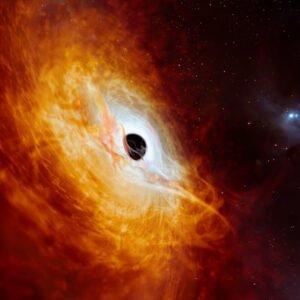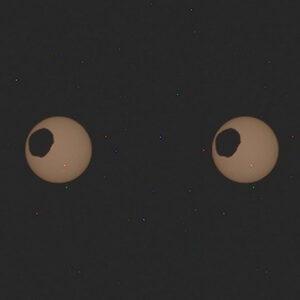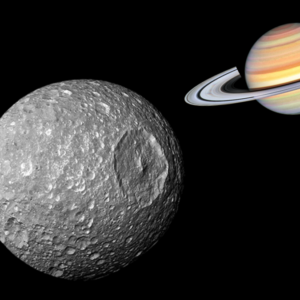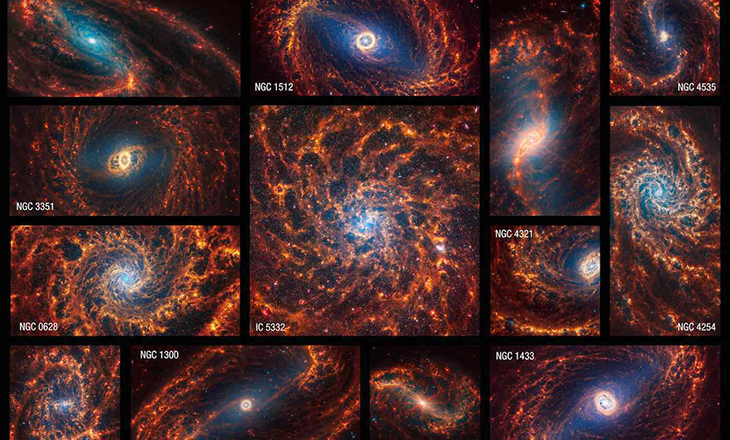
NASA recently unveiled a stunning collection of images featuring 13 spiral galaxies, captured by the groundbreaking James Webb Space Telescope.
These mesmerizing visuals, released as part of the Physics at High Angular resolution in Nearby GalaxieS (PHANGS) program, represent a significant milestone in astronomical research. Spearheaded by NASA and supported by over 150 astronomers worldwide, the project aims to delve deep into the mysteries of our universe.
“It’s oh-so-easy to be absolutely mesmerized by these spiral galaxies. Follow their clearly defined arms, which are brimming with stars, to their centers, where there may be old star clusters and – sometimes – active supermassive black holes,” writes NASA wrote beside the stunning photos.
“Only NASA’s James Webb Space Telescope can deliver highly detailed scenes of nearby galaxies in a combination of near and mid-infrared light,” they added.
What makes these images particularly fascinating is the manner in which they were presented to the public. Mirroring the experience of NASA astronomers, the images flooded the agency’s servers after being processed into visible light.
A project scientist for strategic initiatives at the Space Telescope Science Institute in Baltimore, Janice Lee, explains, “Webb’s new images are extraordinary. They’re mind-blowing even for researchers who have studied these same galaxies for decades. Bubbles and filaments are resolved down to the smallest scales ever observed, and tell a story about the star formation cycle.”
This process illuminates celestial objects that would otherwise remain invisible to the human eye due to their faintness or the inability to reflect sufficient light in the visible spectrum. Instead, the James Webb Space Telescope leverages its Near-Infrared Camera (NIRCam) to capture millions of star, revealing a cosmic tapestry awash in shades of blue.
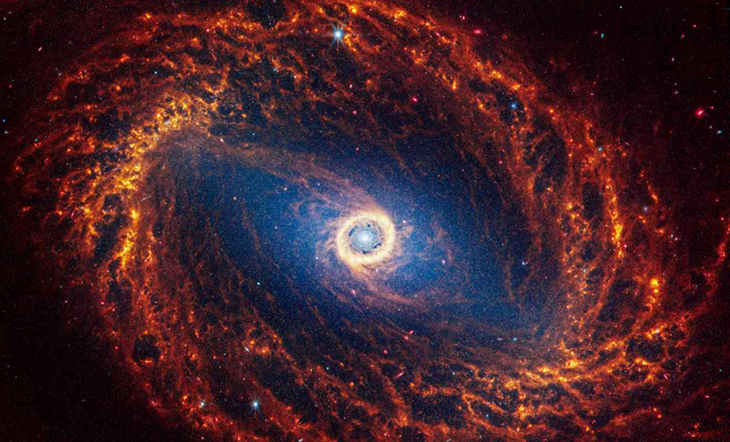
Thomas Williams, a postdoctoral researcher at the University of Oxford in the United Kingdom, said, “I feel like our team lives in a constant state of being overwhelmed—in a positive way—by the amount of detail in these images.”
Through the lens of the James Webb Space Telescope, viewers are afforded a glimpse into the dynamic and intricate workings of spiral galaxies. These cosmic marvels, spanning vast distances in the cosmos, serve as both a testament to the beauty of the universe and a source of profound scientific inquiry. As humanity continues to unravel the mysteries of the cosmos, each image captured by instruments like the James Webb Space Telescope brings us closer to unlocking the secrets of our celestial surroundings.
Among the myriad stars captured in these images, some are scattered along the spiral arms, while others coalesce into densely packed clusters. Each star tells a story of stellar evolution, from its birth within clouds of gas and dust to its eventual contribution to the galactic landscape.
The telescope’s Mid-Infrared Instrument (MIRI) further enhances our understanding by highlighting the presence of glowing dust, offering insights into its distribution around and between stars. Moreover, MIRI unveils nascent stars that remain ensconced within their birth cocoons, resembling vibrant red seeds nestled atop dusty peaks – a testament to the ongoing process of stellar formation.
What are your thoughts? Please comment below and share this news!
True Activist / Report a typo
